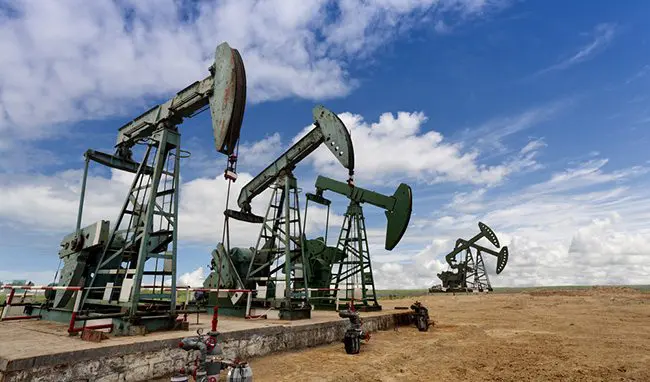In its trading history, crude oil has been considered to be a staple instrument to invest in. However, in recent years traders have witnessed the market turn increasingly more volatile. 2020 in particular saw dramatic movement for the commodity, as oil prices drop into the negative, for the first time.
But with the ongoing crisis of the pandemic and a surge towards more green energy sources, what does 2021 hold for oil trading?
In general, it seems that many factors will mean a continuing declining trend for oil prices in the next year. According to investment bankers, it is expected that oil prices will not recover to the levels seen pre-pandemic. Despite some rise, after the shocking negative oil prices of 2020, prices are likely to remain significantly below that of previous years.
The experts predict that Brent Crude (EB) oil, which is used to set the global benchmark for oil prices, will average at just over $53 a barrel in the latter quarter of 2021, whereas the US West Texas Intermediate oil (CL) – another key oil benchmark – will average at around $50 a barrel by the end of this year.
The Impact of COVID-19
As a result of the emergence of the coronavirus pandemic last year, April 2020 saw negative oil rates for the first time in oil trading history. The surplus supply of oil outweighed the demand for the commodity, as global shutdowns ceased both national and international travel. A concern for storage shortages meant that prices fell by 90%, and for a brief time period, companies were paying their buyers to take the oil off their hands rather than except the delivery. The Organisation of the Petroleum Exporting Countries (OPEC) also had an impact at this time, as their supply cuts weren’t due to come into effect until after 1st May 2020 – after the expiry date of May future contracts.
The long-term impacts of the pandemic will also have an effect on the oil trading sector. The national lockdowns have accelerated the awareness of climate change and a conversion to green energy. This has influenced the way in which people have worked and travelled, as well as the policies of businesses and the decision taken by world leaders on how to rebuild the economy.
The coronavirus crisis has not only supressed the demand for oil, but also permanently changed the ways of society to more sustainable living, and so the supply of oil will have to continually adapt to that, and most likely drive prices down.
Future Contracts
It was the expiration of future contracts that also caused momentum for the fall in oil prices at the beginning of 2020. Usually in the oil trading market, the price of oil for delivery in the future is higher than the spot price of oil delivery today. But, the unprecedented results of the pandemic may encourage investors to turn to other forms of trading in this market.
Future contracts are just one of the options for trading in oil, whereas Contracts for Difference (CFDs) can be used as a strategy to take a position on the price movement of oil rather than owning the underlying asset. This therefore excludes the risk of storage capacities, if another situation occurs where there is more supply of oil than there is demand for it. Furthermore, oil CFDs do not have an expiration date like future contracts. Visiting a CFD trading platform can give a better understanding of this type of trade as, for example, you can find information on how to trade oil CFDs on Plus500 and the trading opportunities available, on their platform.
Production of Oil
Oil is a physical, consumable commodity based on supply and demand. Therefore, the OPEC, made up of several countries, collectively report on and manage the production of oil. This is also to make sure that there is a balance between supply and demand. However, competing Russia and US are not included in this group.
In March 2020, a pricing war between Saudi Arabia and Russia erupted, making matters worse for the movement of oil prices. This came after OPEC and its allies did not reach an agreement on further cuts to supply. Mixed with the fall in demand due to the pandemic, this meant a huge influx in supply of oil with limited capacity to store it.
Although prices are expected to receive a boost, with the deal now reached for an OPEC production cap and agreement for a rise in oil supply by 500,000 barrels a day, there is some volatility in the market due to remaining uncertainties. The possibility of further lockdowns, slow economic recovery, changes in the production of oil and the transition towards green energy, will continue to influence the downward trend of oil prices.


